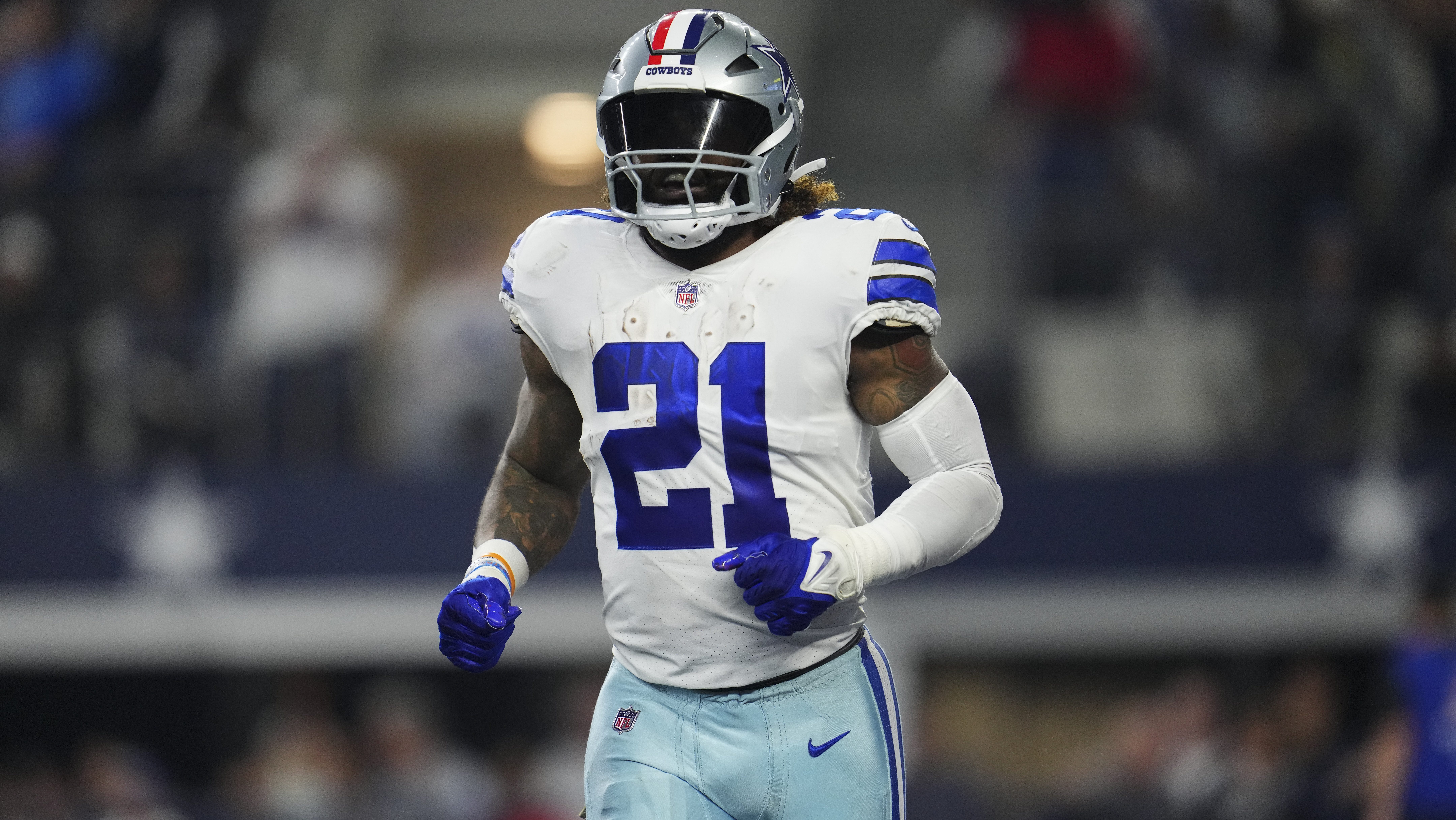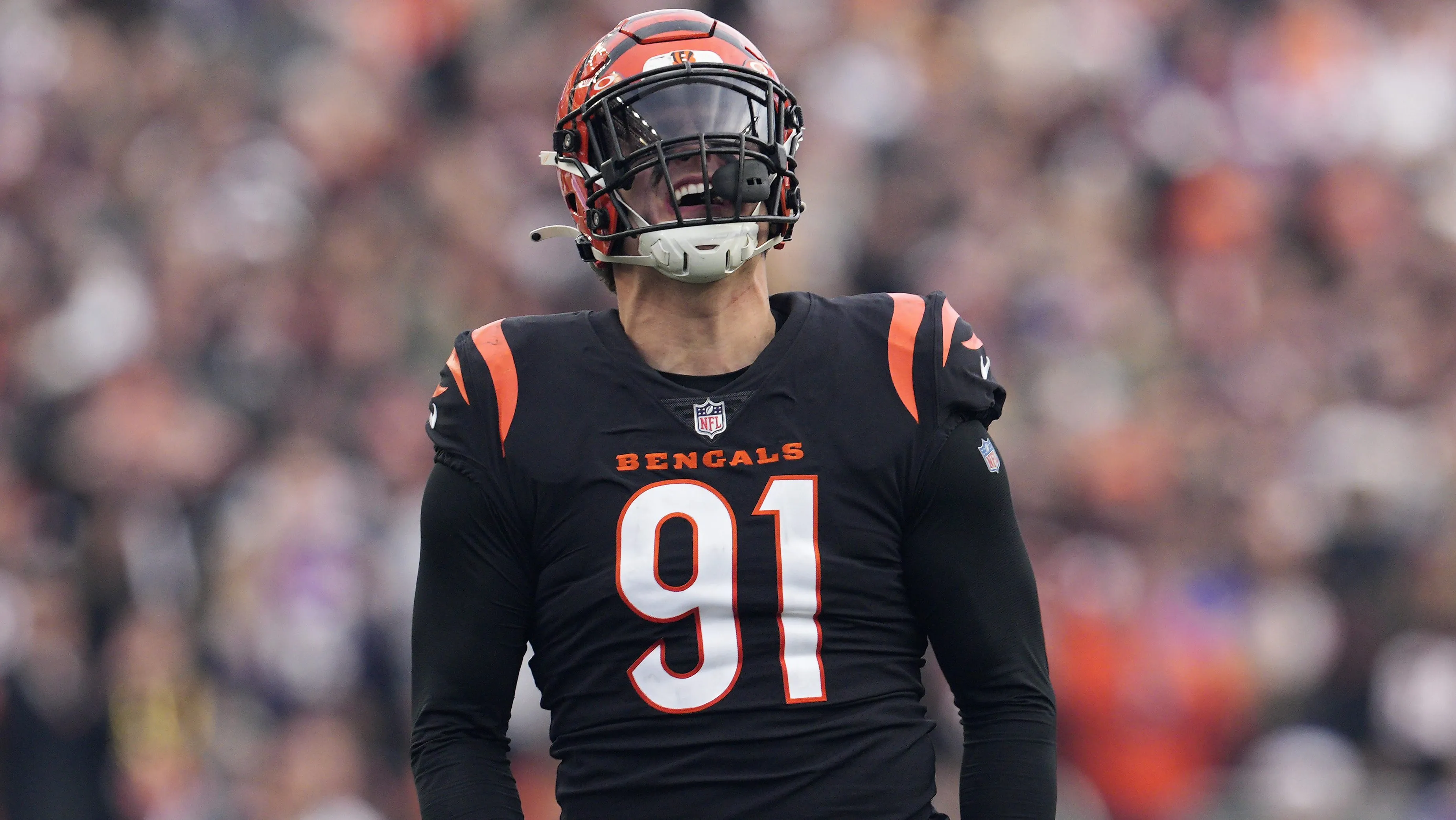
LeSean McCoy will make his first Pro Bowl appearance this weekend and that puts him in select company. The Eagles have not sent many running backs to the Pro Bowl. Eight, counting McCoy, in the 60 years they have played the NFLs All-Star game.
Just three years into his career, McCoy has taken his place among the best running backs in Eagles history. Ive heard from some fans who think he may be the best already. Those are young fans who never heard of Steve Van Buren, the Hall of Famer who led the team to two world championships and won four rushing titles in the 1940s. He is still the best, hands down.
But what if we narrow it to, say, the Super Bowl era? Lets compare the skill sets of the most productive backs in the past 45 years. This is hardly scientific. It is one mans take on the position. Mine, in other words. You are certainly free to disagree.
I chose six backsMcCoy, Brian Westbrook, Wilbert Montgomery, Duce Staley, Ricky Watters and Timmy Brownand rated them in six categories: running, receiving, speed, power, durability and all-around skill. I ranked them one through six in each category and came up with an overall grade by giving six points for a first place finish, five points for a second and so forth.
Running
This is pure running skill: vision, instinct, cutback ability, elusiveness, the ability to take a negative play and turn it into a positive play.
1. McCoy
2. Westbrook
3. Montgomery
4. Brown
5. Watters
6. Staley
McCoy is remarkable in his ability to stop on a dime, reverse direction and make even good tacklers miss in close quarters. Some TV analysts have compared McCoy to the great Barry Sanders, which is a stretch at this point but, clearly, he has some Barry-like moves in his game.
NFL
Receiving
Ability to run patterns, catch the ball and get yards after the catch.
1. Westbrook
2. Brown
3. Watters
4. Montgomery
5. Staley
6. McCoy
This is not to say McCoy is deficient in this area. He just isnt as versatile as the other backs in the passing game. His receptions are mostly screens and swing passes, while Westbrook, Brown and the others could line up in the slot or at wide receiver. Brown averaged 14.5 yards per catch in his career. Westbrook was an exceptional receiver. His 426 catches ranks third in Eagles history behind Harold Carmichael and Pete Retzlaff.
Speed
Straight-away speed, ability to run away from tacklers.
1. McCoy
2. Westbrook
3. Brown
4. Montgomery
5. Staley
6. Watters
It was a tough call at the top because McCoy and Westbrook are similar, but I went back to their 40-yard dash times and let that break the tie. Westbrook was clocked in 4.58 and McCoy ran 4.5 flat. Brown was one of the fastest backs of the 1960s, but he would lose a foot race with either McCoy or Westbrook.
Power
Ability to run between the tackles and break a tackle.
1. Montgomery
2. Watters
3. Staley
4. McCoy
5. Westbrook
6. Brown
At 5-foot-10 and 195 pounds, Montgomery did not look like a power runner, but he could lower his shoulder and deliver a heavyweight blow, which made him very effective in short yardage and near the goal line. His 45 rushing touchdowns are second only to Van Buren in team history.
Durability
Ability to take the pounding that comes with the position. Can he carry the load?
1. Watters
2. McCoy
3. Montgomery
4. Brown
5. Staley
6. Westbrook
This was the hardest one to evaluate. Do you compare the backs over the duration of their careers? Montgomery broke down late in his career, but most backs do. Is it fair to hold that against him and grade Watters ahead of him for durability when Watters only played three seasons in Philadelphia? McCoy has missed just one game due to injury, but again it is only a three season sampling.
If you look at Montgomerys four big years (1978-81), he carried the ball a ton (1,250 touches) and while he missed five games, you still would have to give him pretty high marks for durability considering his work load. Watters had 975 rushing attempts in his three seasons here and never missed a game so that certainly qualifies as durable. Like I said, its a tough call.
I put Brown ahead of both Staley and Westbrook because he was the workhorse of the Eagles' offense (he set an NFL record with 2,425 combined yards in 1963), while Staley and Westbrook shared the load. Westbrook became more of a heavy-duty back late in his career, but Brown was the whole offense for five years (1962-66).
All-Around
Other ways of contributing, for example, kick returns, blocking and pass protection.
1. Westbrook
2. Brown
3. Montgomery
4. Staley
5. McCoy
6. Watters
Westbrook was a superb blocker and pass protector. He could recognize a blitz look as quickly as any quarterback and always was in perfect position to pick it up. He couldve been one of the leagues best kick returners, but the Eagles only used him in that role on a limited basis. In 2003, he returned 20 punts and two of them went for touchdowns. He led the NFC with a 15.3 yard average. Brown holds the club record with five kickoff returns for touchdowns. He was the first player in NFL history to return two kickoffs for scores in the same game (1966).
Final score
1. Westbrook (25 points)
2. Montgomery (24)
3. McCoy (23)
4. Brown (21)
5. Watters (19)
6. Staley (14)
The final totals are very close with the teams all-time leader in yards from scrimmage (Westbrook with 9,785 yards) coming out just ahead of the all-time leading rusher (Montgomery with 6,538 yards). McCoy is a step behind, but at age 23, he is closing fast.
E-mail Ray Didinger at viewfromthehall@comcast.net.


